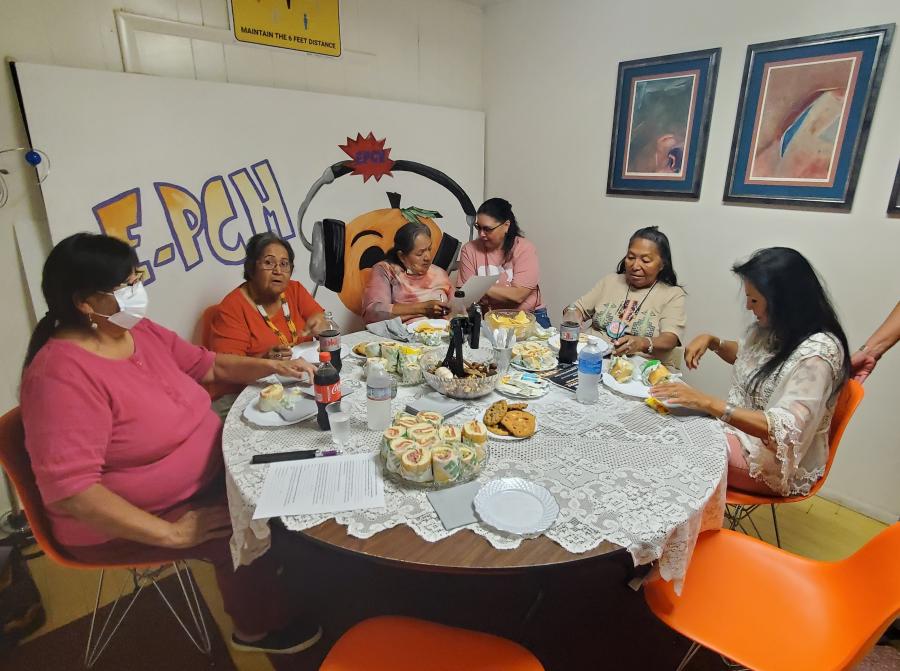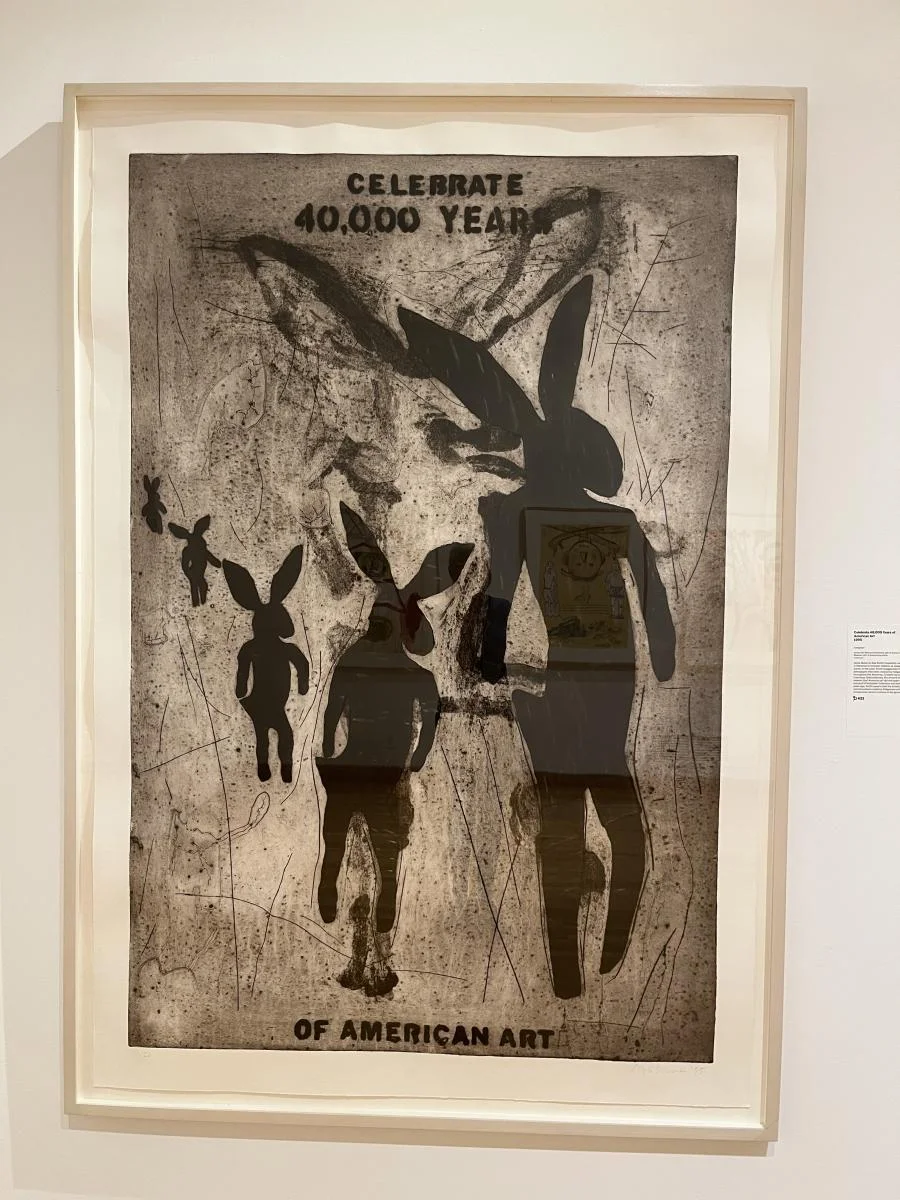The Djenné Project, a Cultural Survival Special Project, sponsored a research team from Clark University in 2001 to investigate the effects of building a dam in Talo, Mali. The Clark report demonstrated that the dam would disrupt the natural environment and produce deleterious effects on the downstream population and the Niger Inland Delta. A moratorium was placed on the Talo Dam’s construction in May 2001 to accommodate an investigation into the concerns of the downstream population (see CSQ 25:2 and CSQ 26:4). The African Development Bank acknowledged the need to engage downstream communities in dialogue before continuing to fund the $22 million Malian government project.
E. Dote, the chief of division from the African Development Bank, stated in a letter to Cultural Survival that consultations and awareness-raising campaigns were conducted in all districts along the Bani River, as well as in the Djenné townships, since the moratorium. A public forum was held on February 15, 2003, to reach a consensus among the communities. The forum was attended by the Mali minister of agriculture, animal husbandry and fishing; the minister of planning; and the minister of food security; as well as participants from upstream and downstream communities. The government representatives assured the participants that there would be no significant downstream effects after the construction of the Talo Dam and discussed building a second dam in Djenné. In addition, the government proposed the formation of a commission to monitor the water management of the Bani River basin. Opponents to the project, including some downstream mayors, chiefs, three professional associations in Djenné, and the delegation from the Association of Djenné Migrants in Bamako, voiced dissent and walked out of the meeting.
Organizers did not invite experts outside Djenné to the forum and Cultural Survival did not have a representative at the meeting. The African Development Bank is now giving full support to the project, believing that the Malian government has engaged the downstream community.
Cultural Survival recognizes that the construction will continue because a consensus was reached by upstream and downstream residents, but still contends that more research is needed. Cultural Survival continues to express concerns about the negative repercussions articulated in the Clark Report, arguing that the dam will adversely affect downstream populations and devastate the natural environment. The organization maintains an ongoing commitment to inform and participate in the dialogue and debate surrounding the Talo Dam.
Following is the letter to the African Development Bank sent by Cultural Survival on June 19, 2003, stating the organization’s misgivings and urging the need for a thorough study before continuing construction on the Talo Dam:
Dear Mr. Dote:
Thank you for your May 15, 2003 letter in which you invited a response from Cultural Survival regarding Malian government progress in the Talo dam planning process. Cultural Survival recognizes that the Government of Mali has made initial steps toward engaging government leaders in downstream communities. Since Cultural Survival did not have a representative attending the February 15, 2003, meeting in Djenné in which a consensus was reportedly achieved in favor of the project, it is difficult for us to comment on the process. However, it is our observation and experience that the government’s effort to respond to technical studies indicating flaws in their own analyses has been inadequate.
In addition to deficiencies in the consultation process, several other points of contention remain. Cultural Survival still strongly believes that it is necessary for the African Development Bank to insist that the Malian government implement the following actions during the appraisal process for the dam project.
- An Environmental Impact Assessment and socio-economic study focusing on the downstream area (from the dam to Mopti);
- An Environmental Impact Assessment focusing on potential effects of the Talo Dam on the greater Niger Inland Delta;
- A revised cost-benefit analysis of potential losses that includes both downstream and upstream costs or losses (economic and social), in addition to projected project benefits; and
A comprehensive hydrological study taking into account the amount of water to be diverted from the Bani River, included losses due to factors such as evaporation. This study must consider climactic variability and not solely rely on yearly averages. These recommendations are further detailed in the full Clark Report, which can be viewed on the Cultural Survival Web site. The Gallier Report is another important authoritative study in which concerns and conclusions similar to those of the Clark Report have been expressed.
Cultural Survival’s stance is further influenced by the World Commission on Dams (WCD) report, Dams and Development Report, which clearly established that the potential risks for downstream communities on large dam projects (the Talo Dam design meets “large dam” criteria) are always high and often unacceptably high. Given these risks, the knowledge base on which this decision is being made is still too thin. Cultural Survival believes that findings from this authoritative WCD report require that a thorough study be conducted to determine how the dam will impact downstream communities.
Dr. Thayer Scudder, Professor of Anthropology at the California Institute of Technology and former Commissioner of the World Commission on Dams, stated that his findings would provide added perspective to the Talo debate. According to Dr. Scudder, “No matter how well environmental flows [in relation to dams] are implemented, they will be unable to restore the extent of previous downstream ecosystems and livelihood systems since some losses will be irreplaceable.” Dr. Scudder further states that, “while management constraints may be the most easily overcome, they require committed operators, a sophisticated hydromet network and modeling capacity, and an effective communication system to inform downstream farmers and other residents about the timing, duration and magnitude of releases.” Thus far, the Government of Mali has not demonstrated that it carried out studies addressing these components. Though Cultural Survival does not want to impede Malian receipt of development assistance funds, it feels that all stakeholders should be aware of both the full negative and positive consequences of building this large dam. Such an understanding can only be achieved through comprehensive studies downstream.
Moreover, since the Government of Mali is considering as second dam project in Djenné, Cultural Survival feels obliged to state that it would have similar concerns relating to the two dams on the Bani River as it has already expressed regarding the Talo dam. If any of the studies suggested above have been conducted, Cultural Survival invites the Government of Mali to share these results with external and internal stakeholders as soon as possible. As it stands, lack of scientific research and dialogue impair the dam construction design process and it is imperative that they are addressed so that downstream communities are not put at serious social, economic, and environmental risks.
Thank you for your time and consideration.
Sincerely,
David Maybury-Lewis, President
Mark Camp, Director
Nadia Hussain studied cultural anthropology at Boston University and spent a semester in Niger, West Africa. She is a Cultural Survival intern. To read the Clark Report, visit www.cs.org.


